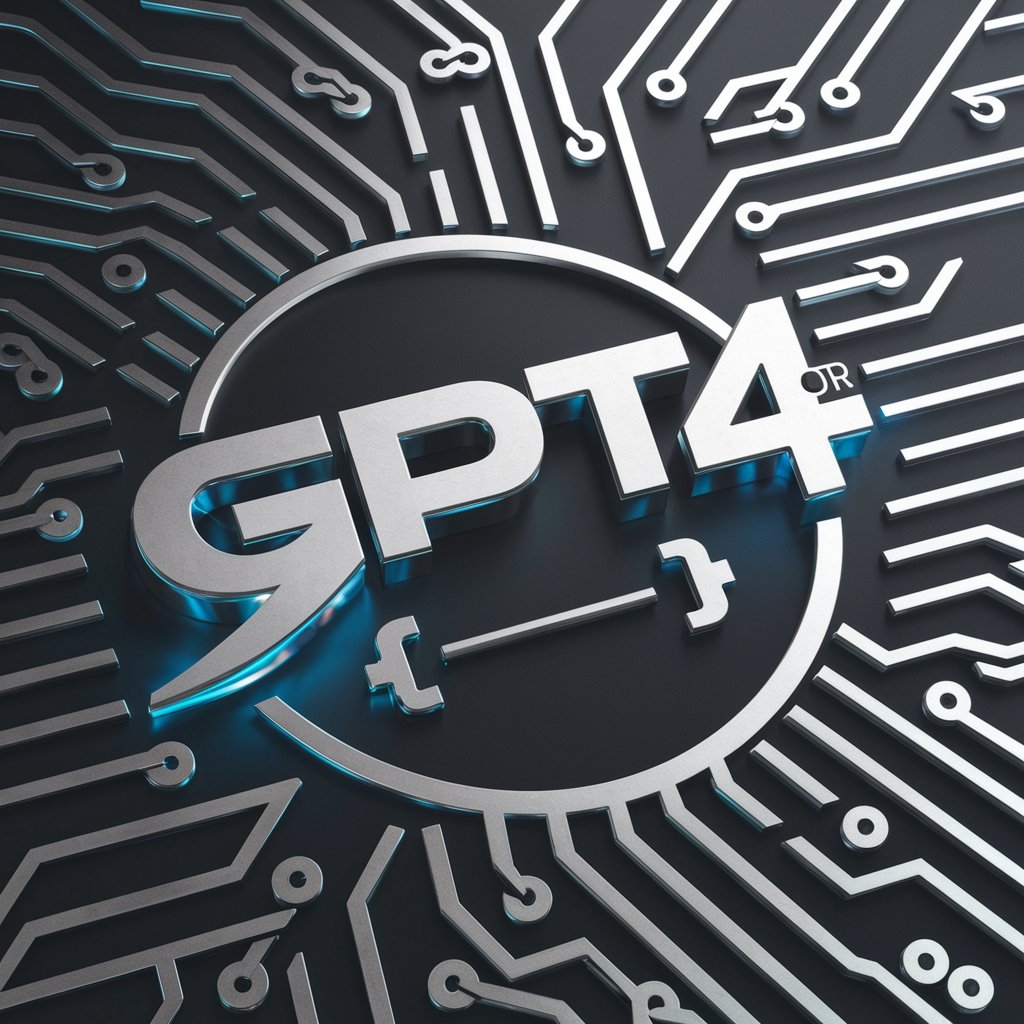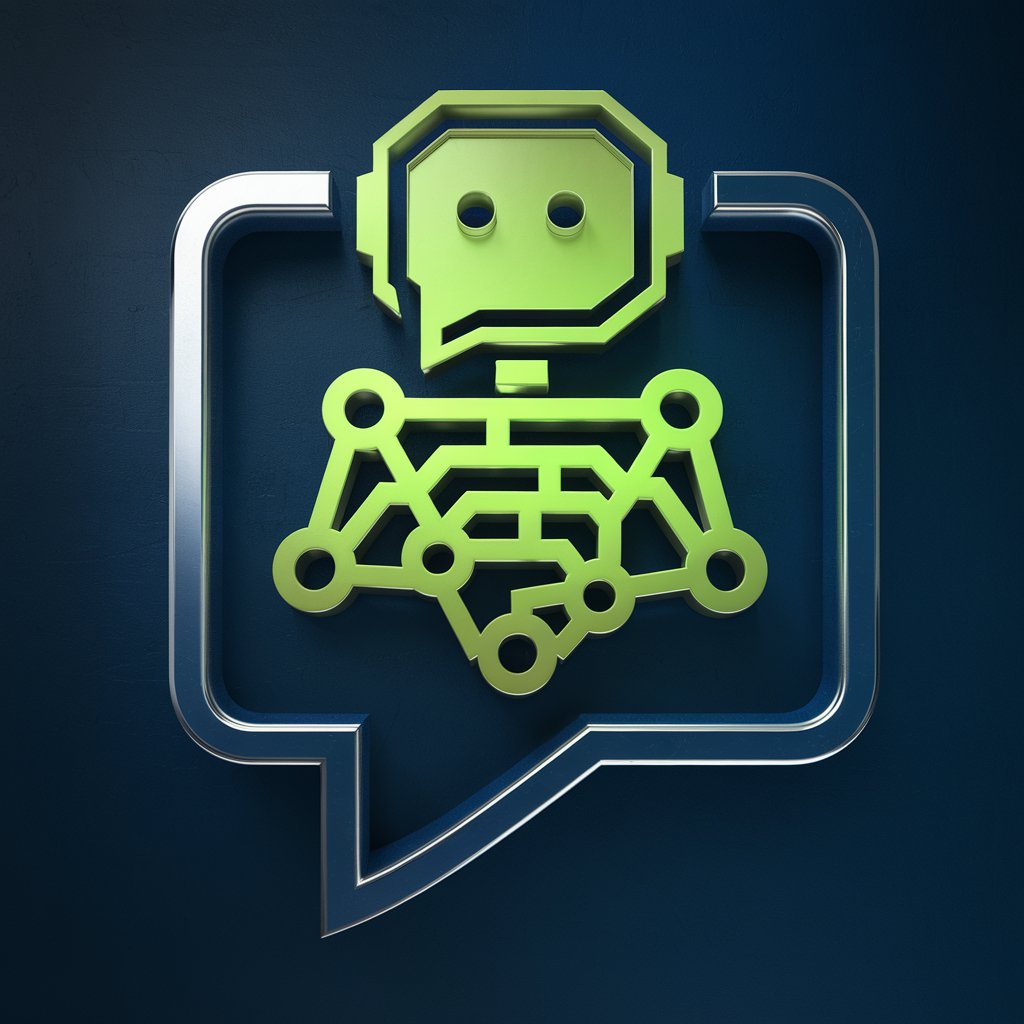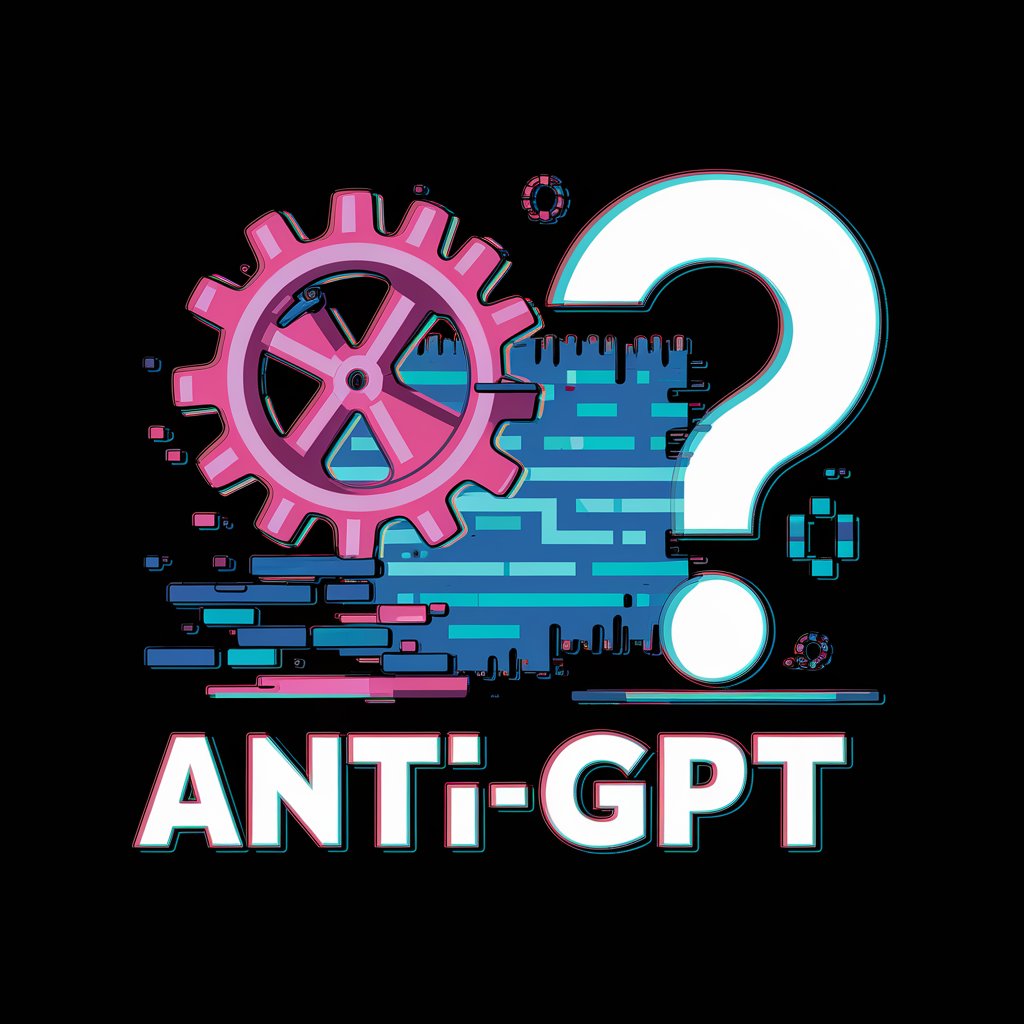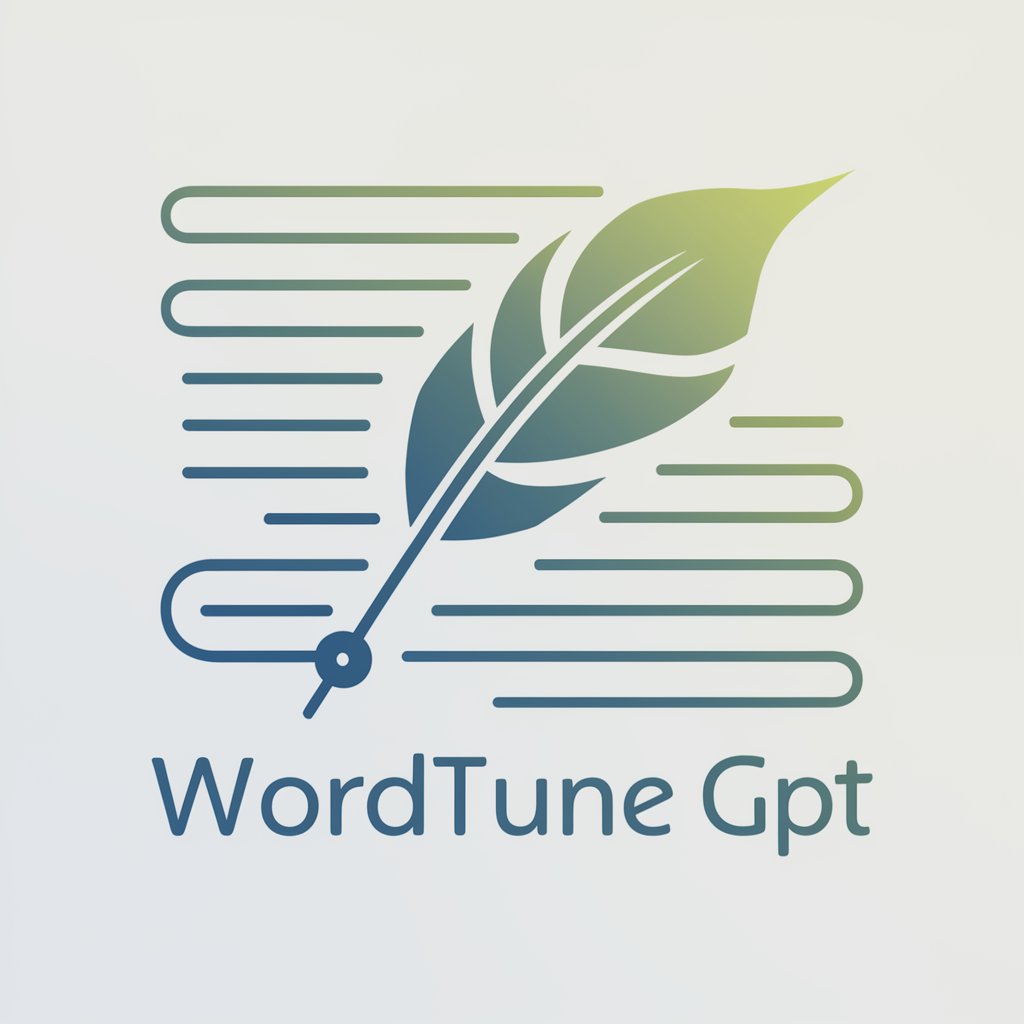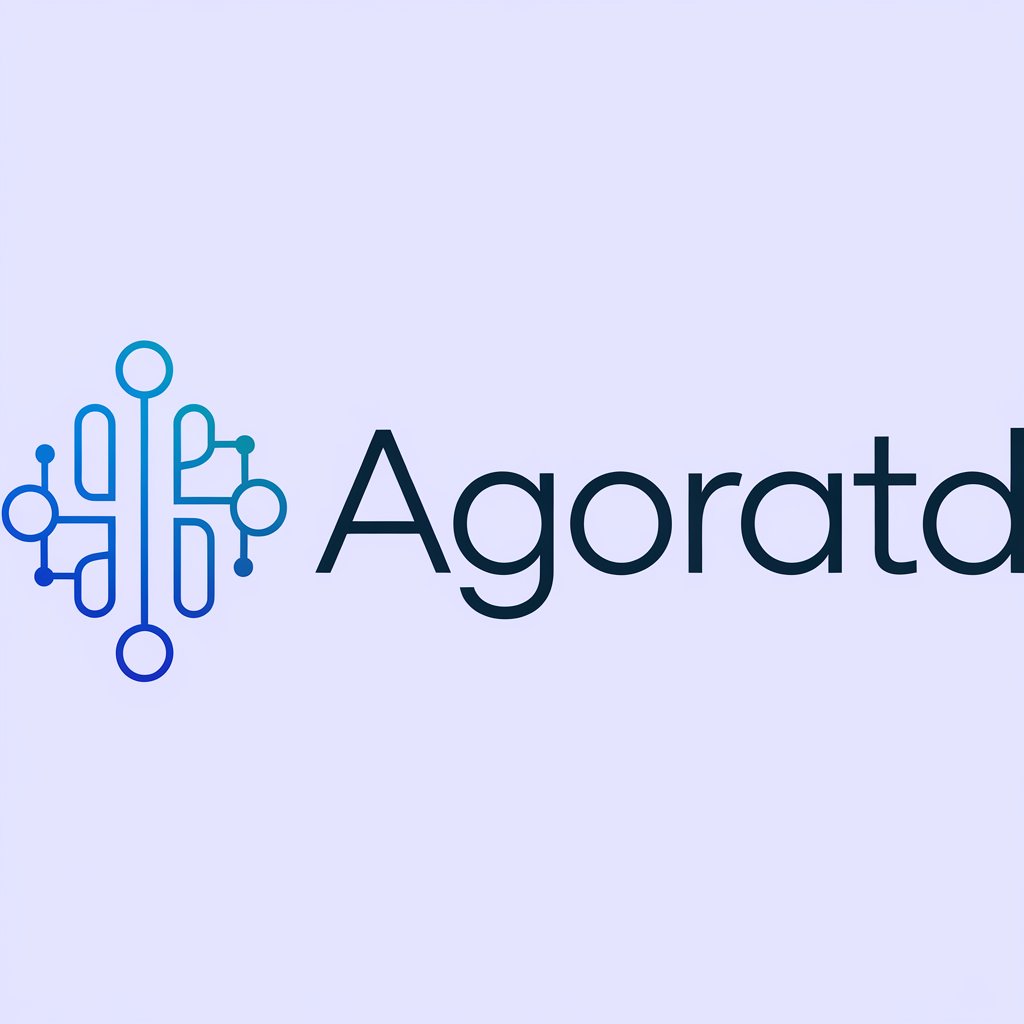
Typebot GPT-AI assistant for Typebot building
AI-powered assistant for smart Typebot flows
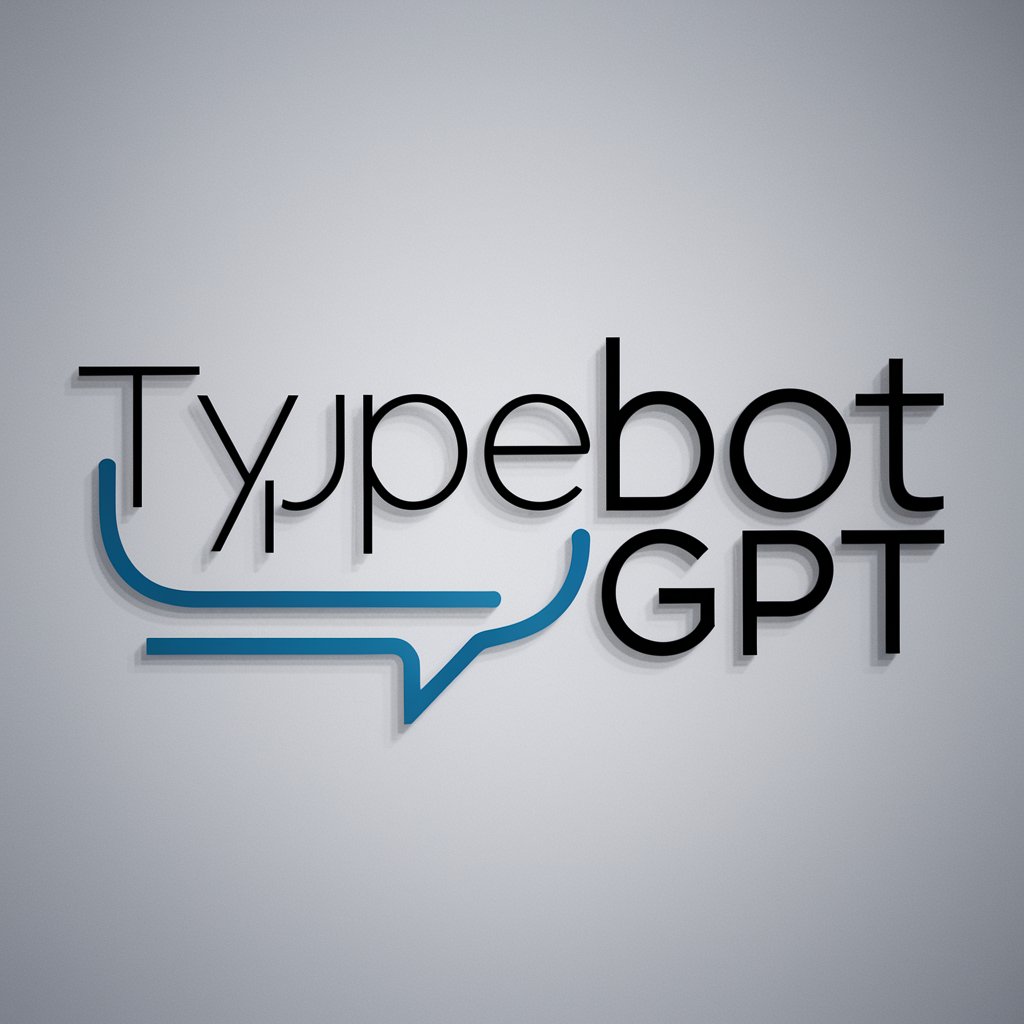
GPT específico para Typebot.
Faça um copy, para um fluxo do Typebot.io
Tire suas uma dúvida de Java
Melhor seu Código
Me envie Print de Códigos que eu conserto
Get Embed Code
Typebot GPT OverviewIntroduction to Typebot GPT
Typebot GPT is a specialized AI assistant built to cater to the needs of those using the Typebot platform. Its primary function isJSON Code Correction to assist users in designing, deploying, and optimizing conversational bots (chatbots) across various domains, including customer support, sales, lead generation, and user engagement. Unlike more general-purpose models, Typebot GPT is specifically focused on understanding, interpreting, and enhancing the user’s interaction with Typebot’s features. This allows for more targeted guidance on building flows, integrating APIs, and troubleshooting any issues that might arise in a Typebot environment. For example, if you're looking to create a chatbot that helps customers schedule appointments, Typebot GPT can help you define the flow, suggest ways to integrate with calendar APIs, and offer solutions if users encounter issues like appointment overlaps or missed slots. In contrast to other general-purpose AI assistants, Typebot GPT is tightly coupled with Typebot’s system, making it particularly effective for tasks related to bot building.
Main Functions of Typebot GPT
Bot Flow Creation and Optimization
Example
Creating a multi-stepJSON Code Correction lead generation chatbot with options to qualify prospects based on specific user inputs.
Scenario
Imagine a business wanting to automate lead qualification. Typebot GPT can guide the user through designing a bot flow where the bot asks qualifying questions (e.g., budget, industry, project size), processes the inputs, and determines if the lead is worth pursuing. The function also allows for optimizations like decision trees to handle different answers dynamically. Additionally, Typebot GPT can suggest best practices for user engagement, such as timing, language tone, and exit points to ensure a smooth user experience.
API Integrations and Automation
Example
Integrating a CRM API to log user interactions and capture lead details into a company’s database.
Scenario
For a sales-focused bot, integrating with a CRM can help automatically capture leads as they qualify. Typebot GPT helps users navigate the integration process by providing step-by-step instructions for connecting Typebot to the desired CRM via API. If issues arise, like missing data fields or incorrect API calls, Typebot GPT can analyze error messages, offer debugging tips, and recommend solutions. It also suggests automations like sending a confirmation email or setting up an internal notification to the sales team once a lead is captured.
Debugging and Troubleshooting
Example
Troubleshooting errors when users’ messages aren't being recognized correctly by the bot.
Scenario
In a chatbot designed to handle customer queries, a user might encounter a situation where the bot isn’t recognizing certain phrases or keywords. Typebot GPT would help by analyzing the error logs, identifying patterns in the user’s input, and suggesting corrections to the bot’s natural language processing (NLP) model. This could include recommending the addition of synonyms, adjusting intents, or refining training data to better capture user intent. The function is key for users who want to ensure their bots are functioning optimally without getting bogged down by technical issues.
Ideal Users of Typebot GPT
Business Owners and Entrepreneurs
These users typically want to automate customer interaction, lead generation, or internal processes but may not have deep technical knowledge. Typebot GPT assists them in creating functional bots that match their needs without requiring them to dive into complex coding. The platform helps these users implement bots that solve real-world problems, such as automating sales funnels, customer service workflows, and appointment scheduling, all while guiding them through the development process.
Developers and Technical Teams
For developers and technical teams, Typebot GPT offers a streamlined way to build, test, and deploy advanced chatbots. These users would benefit from Typebot GPT’s ability to assist with complex API integrations, dynamic user flows, and troubleshooting. Developers might be using Typebot GPT to ensure their bots integrate seamlessly with third-party applications, APIs, and databases, or to refine the NLP capabilities to recognize nuanced customer queries. The platform can also help teams debug and optimize bots for scalability and performance.
Marketing and Customer Support Teams
Marketing and support professionals can leverage Typebot GPT to build bots that enhance user engagement and automate repetitive tasks. Whether it's creating a bot to nurture leads through a series of follow-up messages or a support bot that handles first-line queries, Typebot GPT provides guidance in optimizing these processes. It also helps refine responses based on user feedback, ensuring the bot becomes more effective over time.
How to Use Typebot GPT in 5 Steps
Step Typebot GPT Usage Guide1
Visit aichatonline.org for a free trial with no login or ChatGPT Plus required. This allows you to instantly interact with Typebot GPT without needing an OpenAI account.
Step 2
Familiarize yourself with the Typebot platform — this includes understanding how to create bots, add conditional logic, embed media, and integrate with APIs. Typebot GPT is designed to assist throughout this flow.
Step 3
Use Typebot GPT to ask questions related to building flows, configuring dynamic input handling, working with variables, setting up Google Sheets or webhook integrations, and customizing the user experience.
Step 4
Leverage Typebot GPT to debug your bot logic or optimize conversational UX. You can upload screenshots, share error logs, or explain your issue in natural language for contextual help.
Step 5
Iterate and enhance your bots using advanced tips provided by Typebot GPT — such as A/B testing ideas, lead scoring via variables, multilingual support setup, andTypebot GPT Usage Guide funnel design strategies.
Try other advanced and practical GPTs
JavaScript Engineer GPT
AI-powered JavaScript solutions, instantly explained.

MirrorArt
AI-powered image recreation with stunning fidelity

Abogado Peruano GPT
AI-powered legal intelligence for Peru

GPT API Key Easy Guide
Easily integrate OpenAI API in minutes.

Athena Query Assistant
AI-powered SQL builder for Athena
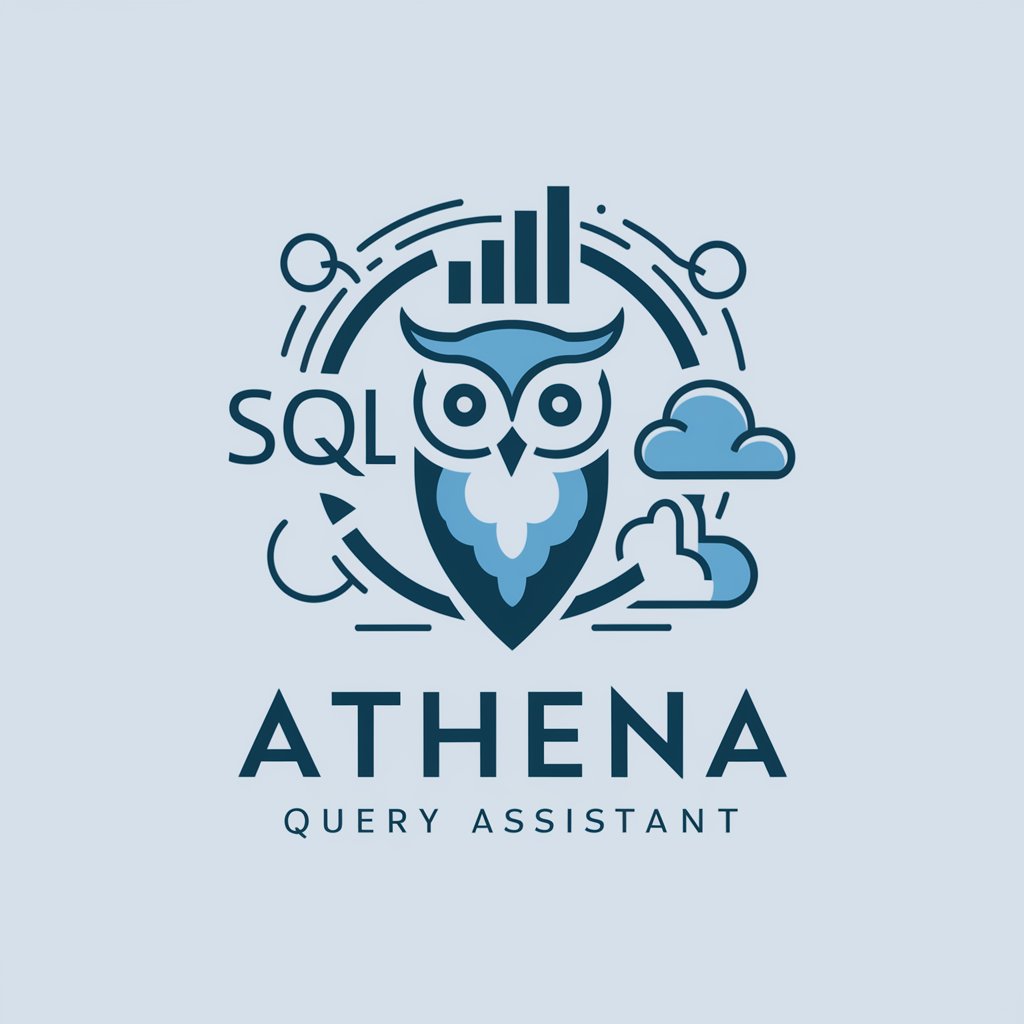
Asisten Skripsi
AI-powered thesis help for Information Systems students

Suno ai - /chirp - Music Prompt maker V3
AI-powered lyrics and music prompts for Suno artists

TJ. Ementa e Acórdão
AI-powered drafting of Brazilian court rulings.

QuickSight Guide
AI-powered help for mastering QuickSight logic
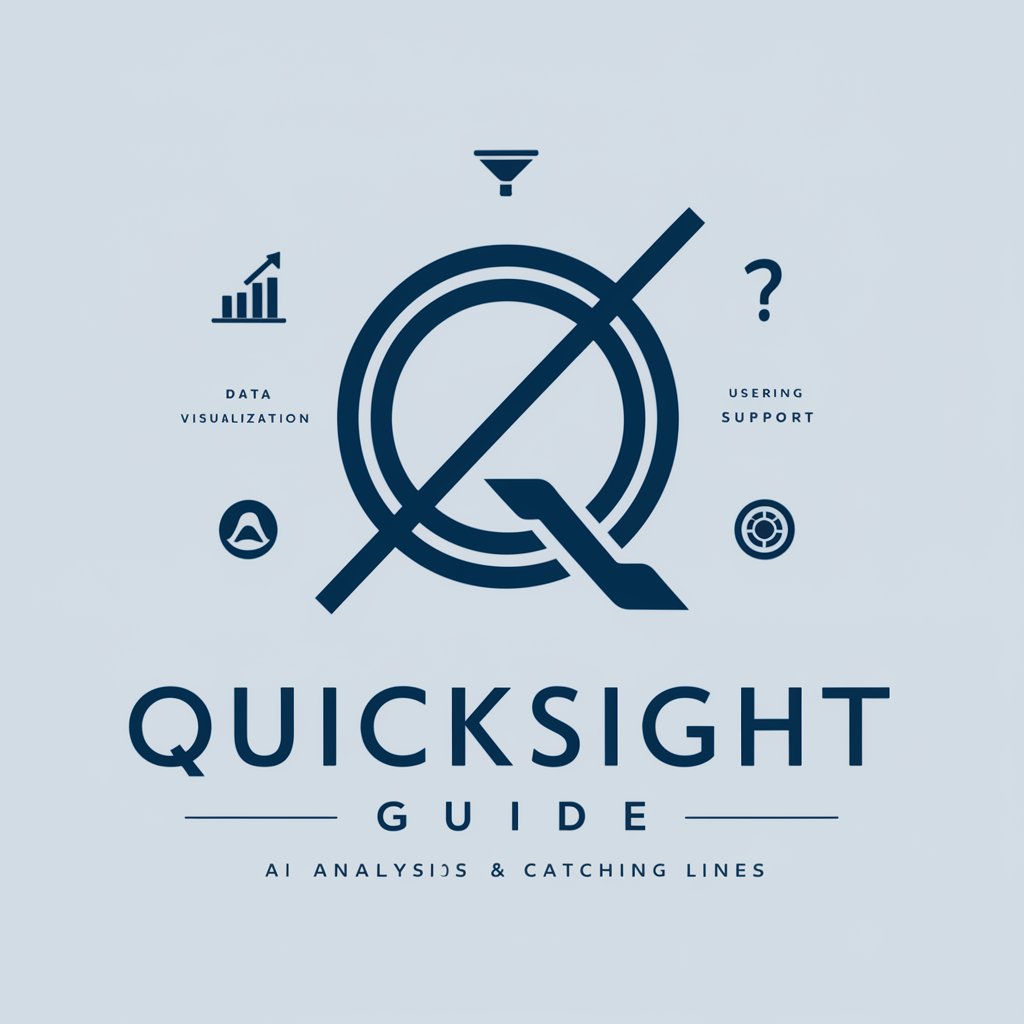
Accounting Specialist+
AI‑Driven Accounting: Fast, Accurate, Insightful

口Tiktok Viral Script | Short video Script
AI-powered short video script generator
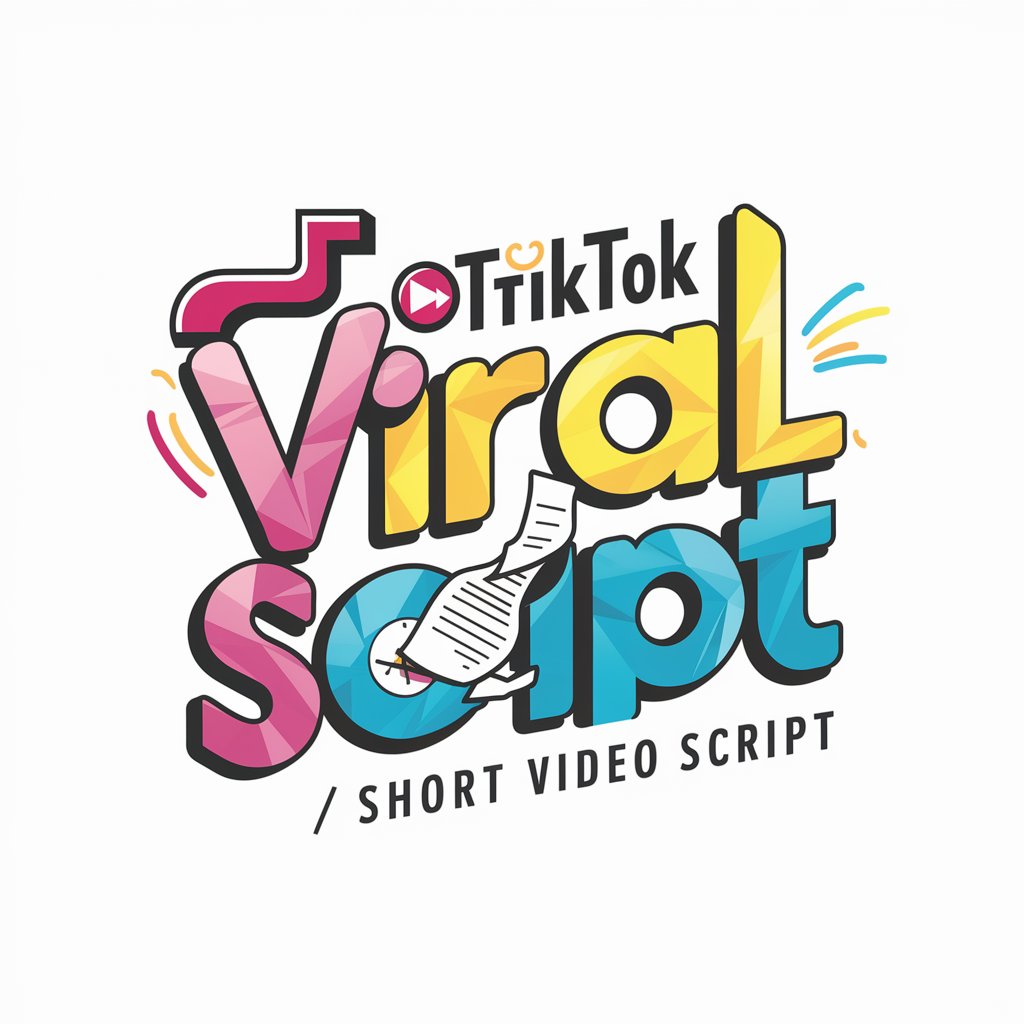
Curriculum Design
AI-powered curriculum design for educators.

- Customer Support
- Workflow Automation
- Lead Capture
- Funnel Design
- Form Logic
Common Questions about Typebot GPT
What is Typebot GPT used for?
Typebot GPT is a specialized assistant designed to help users build, configure, troubleshoot, and optimize conversational bots using the Typebot platform. It provides real-time guidance on logic structuring, API integrations, custom UI setup, and more.
Can Typebot GPT help with advanced integrations like webhooks or Google Sheets?
Yes. Typebot GPT offers step-by-step support for advanced features, including webhook setup, dynamic Google Sheets interactions, fetching external data via APIs, and integrating with third-party platforms like Notion or Zapier.
Is coding knowledge required to use Typebot GPT effectively?
No programming knowledge is required. Typebot GPT explains logic and expressions in a beginner-friendly way, often providing no-code solutions. However, it also supports advanced users who want to incorporate JavaScript expressions or custom APIs.
How does Typebot GPT differ from regular ChatGPT?
Typebot GPT is tailored specifically to the Typebot platform. Unlike general-purpose AI, it understands Typebot's interface, components, use cases, and logic. It delivers actionable, context-specific advice for bot creation and automation.
Can I use Typebot GPT to troubleshoot my existing flows?
Absolutely. Upload logs, describe your issue, or share screenshots — Typebot GPT can analyze problems in conditional logic, incorrect variable handling, API misconfigurations, or user experience flaws, and provide guided solutions.


